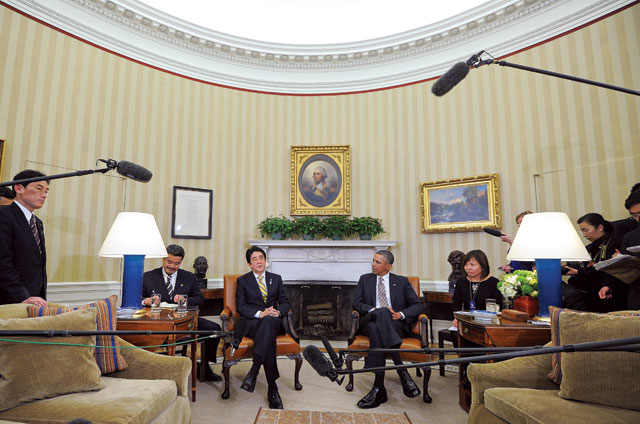As regional trade pacts jostle for Asean’s loyalty, the region must maintain its centrality if it wants to remain relevant

Southeast Asia could become the battlefield on which two regional trade groups fight to secure trade liberalisation agreements and economic integration. While free trade agreements are integral to the growth of individual countries in Southeast Asia, Asean must be wary not to lose the clout a united bloc affords, as China and the US put pressure on Asean to join their respective geopolitical gangs.
The Chinese-backed Regional Comprehensive Economic Partnership (RCEP) – which covers 3.3 billion people in 16 countries and accounts for 30% of world trade – aims to gather standing Asean FTAs with China, South Korea, Japan, India, Australia and New Zealand into an integrated regional economic agreement. If the group, which has the potential to become the world’s largest free-trade pact, secures the support of Indonesia, 2013 could prove a pivotal year.
In response to China’s rise, the US is stepping up its engagement with Asean. The US-led, 11-member Trans Pacific Partnership – which has a total GDP of $20 trillion – calls for deeper integration than the RCEP, promoting trade in goods, services and investment, as well as tackling intellectual property issues.
With countries such as Singapore already siding with the TPP, some Asean academics caution that the competition between the two trade groups may split Asean.
Photo: Jewel Samad/AFP
